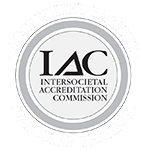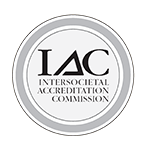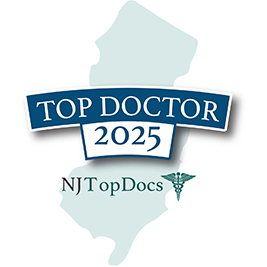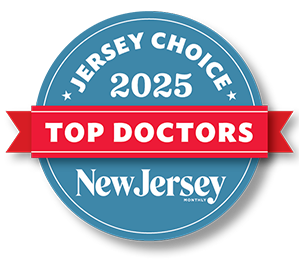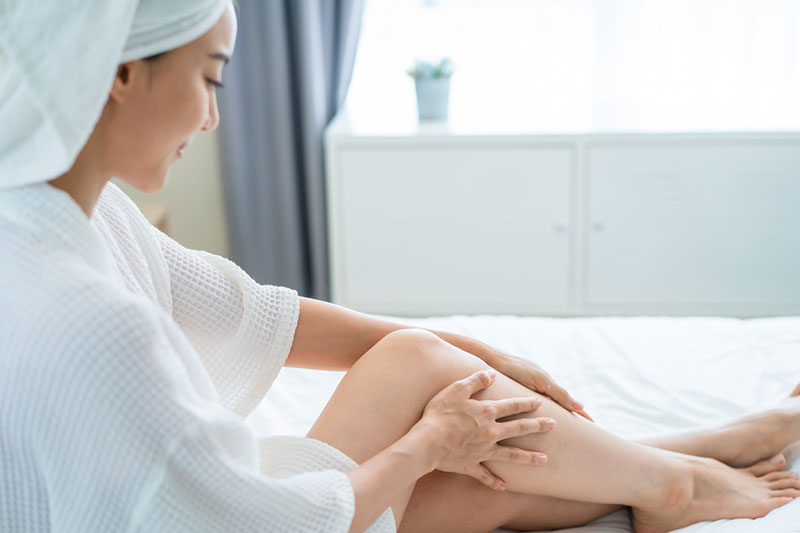
Spider veins are a common condition that primarily affects women. They are twice more likely to show up in females than males. Experts say that 70% of all women are likely to suffer a form of venous insufficiency. That may include varicose veins.
Unlike varicose veins, spider veins are smaller and more visible as they appear near the skin's surface. They're usually branches, lines, or webs of thin blue, red, or purple vessels mainly on your legs, breasts or face.
Although spider veins are harmless, they affect capillaries, your body's smallest blood vessels. They impact your self-confidence and may cause a mild discomfort. Here are the causes, symptoms, and treatments of spider veins.
Definition of Spider Veins & How They Develop
Spider veins are small broken, damaged, or dilated blood vessels found near your skin's surface or mucous membranes. These dilated blood vessels form a red, pink, or purple patch on your legs, breasts or facial skin. They develop when the valves inside your veins weaken, making it difficult to pump blood back to the heart.
The affected veins enlarge, damage, or burst, causing the blood to branch out or pool. This leads to the formation of web-like blemishes associated with spider veins. Such veins may appear in various distinct patterns, such as:
- Arborizing: The spider veins have a tree-like branching appearance
- Linear: Small blood vessels that appear as thin lines on your skin
- Starburst: The veins originate from a central area and radiate outward
Common Causes of Spider Veins
There are many causes of venous insufficiency resulting in spider veins. They include:
Heredity
Research shows that about 90% of individuals with spider veins have a family history of the condition. You're more likely to experience them at some point in life if your relatives had.
Pregnancy
When pregnant, there's increased blood flow throughout your body to nourish and support the growing fetus. The additional blood flow and weight of the fetus put more pressure on your leg veins. All these factors increase the risk of developing varicose and spider veins. Seek your doctor's advice to help prevent the condition from occurring.
Obesity
Having extra weight puts additional stress and pressure on your circulatory system, affecting your vein health. The excess weight causes your vein valves to fail and may lead to venous problems in your legs. Engaging in physical exercise and maintaining a healthy diet go a long way to help preventing long-term damage to your venous system.
Hormonal Changes
Women undergo hormonal changes from puberty to pregnancy and menopause. Taking birth control pills or hormone replacement treatment for menopause causes hormonal changes. These changes impact your veins and may lead to venous insufficiency. Visit your doctor to help mitigate the risks of vein abnormalities due to hormone changes.
Prolonged Standing or Sitting
The veins in your legs need to work harder to pump blood back to your heart. Such a task can be difficult for the veins if you stay in the same position for several hours. Sitting or standing for long periods of time causes increased pressure in your leg veins, potentially resulting in venous problems. Consider moving around and taking short breaks to enhance better blood circulation.
Other causes may include the following:
- Excessive heat or cold conditions
- Sun damage
- Past vein damage or blood clots
- Smoking
- Excessive alcohol consumption
Symptoms of Spider Veins
Spider veins manifest themselves mostly with an unpleasant appearance and can also cause a variety of other symptoms, such as;
- Mild burning, cramping, throbbing, and swelling in the lower legs
- Itching around one or more veins
- Heaviness in the legs
- Changes in skin color around a varicose vein
- Irritation
Treatment Options for Spider Veins
Spider veins are easily treatable regardless of their cause, as various treatment options are available. Some of these treatment options include:
- Wearing compression (support) stockings to prevent pooling of blood in the lower extremities.
- Using sclerotherapy to alleviate the pain and discomfort of spider veins by shrinking the vein. This treatment works through a painless injection in the vein that uses an irritant to shrink the swelling. Several treatments may be required over time.
- Opting for laser therapy to collapse and treat the affected veins. This treatment is less invasive than an injection and uses a laser to treat veins close to the skin by causing them to clot and dry up.
- Radiofrequency ablation is an office-based procedure performed under local anesthesia that is used to treat malfunctioning veins that may be contributing to both varicose veins and spider veins.
- Varithena foam ablation is a newer modality that is used to treat malfunctioning veins in the lower part of the leg that cannot be treated with either radiofrequency or laser.
Speak to a Vein Specialist Today
If self-care measures or treatments haven't helped your spider veins, visit our experienced specialists at the Vein Institute at The Cardiovascular Care Group today. We are the leading vein center in New Jersey caring for patients since 1963.
Our team comprises top-rated and talented vascular doctors offering the best treatments for vein disease. Contact us today to schedule a spider veins appointment and let us help you look the best you can be!




